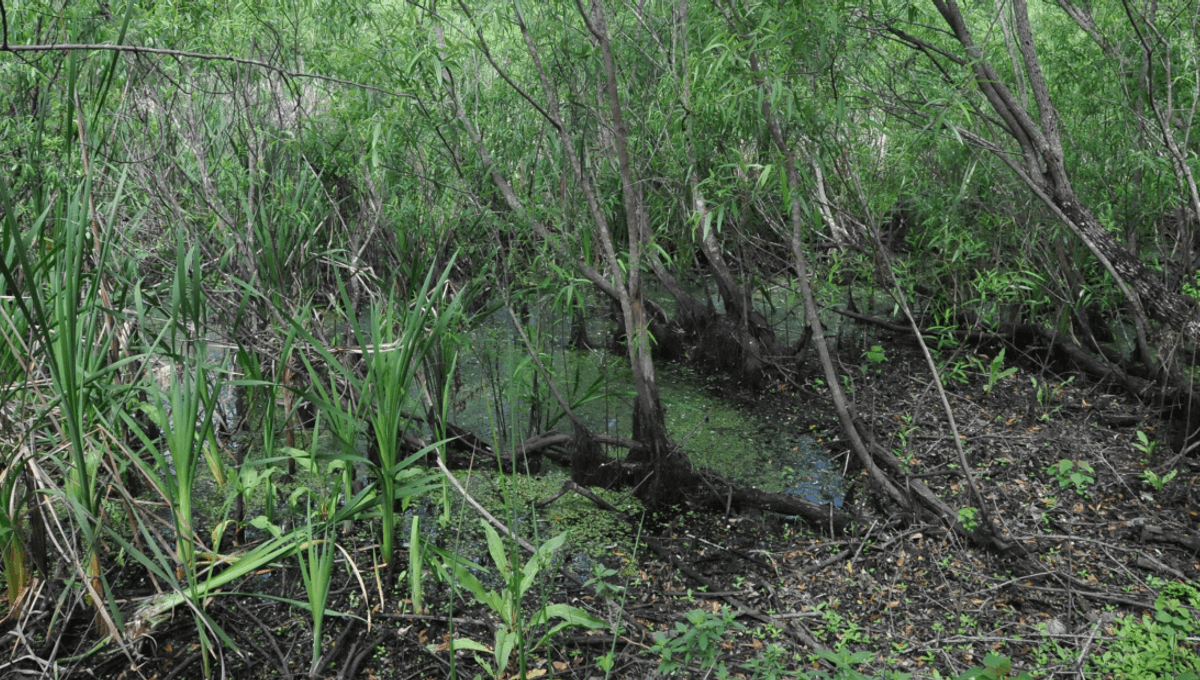
In 1982, an ancient burial site was discovered by accident during the construction of a new road. The operator of a digger noticed skulls collecting in the machinery, triggering an excavation and investigation, uncovering over 177 human remains that date back 7,000 to 8,000 years ago.
The peat-bottomed pond in what’s now known as Florida preserved the corpses so well that some were even found with brain tissue still present. Once thought to be incredibly rare, new research challenges the view that brains don’t preserve well, revealing we’ve found a great abundance of preserved human brains, sometimes with the once-squishy think organ being the only soft tissue still standing in an otherwise skeletonized body.
The Windover bog bodies
The Windover archaeological site has yielded around 177 bog bodies, making it one of North America’s most significant bog body sites ever discovered. The bodies appear to be related, as indicated by a shared allele in a highly variable part of the genome that scientists discovered when analyzing DNA from the remains. The conditions of the bog preserved the remains so well that Windover is considered the most extensively characterized wet site with regards to ancient human DNA.
The Windover bog bodies were mostly buried in a flexed position on their sides, sinking to a depth of around 1 meter (3 feet) where they would sit undisturbed for 7,000-8,000 years. Excavations from 1984 to 1987 yielded the skeletal remains of 177 individuals, spanning all ages, and half of whom still had parts of their brains by the time they were retrieved.
How did the Windover bog bodies remain so well preserved?
Bogs are uniquely good at preserving remains, sometimes turning up bodies so fresh that they get mixed up with modern-day murders. The water chemistry at Windover was found to be a crucial part of what preserved the remains for so long, containing lots of minerals and being anaerobic within a few centimeters below the surface. Combined, these factors inhibit the kind of bacterial and fungal decomposition of tissues we typically see with dead bodies out in the open.
The host of organisms that flock to a freshly dead corpse is known as the decomposition ecosystem, and insects are a crucial part of it. Want to learn how we’ve turned our knowledge of corpse-feeding insects to science’s favor? Tune in to CURIOUS Live where we’ll be speaking to Dr Erica McAlister and Adrian Washbourne all about the intriguing field of forensic entomology.
Source Link: The Windover Bog Bodies: Why Were 177 Corpses Found In A Pond?